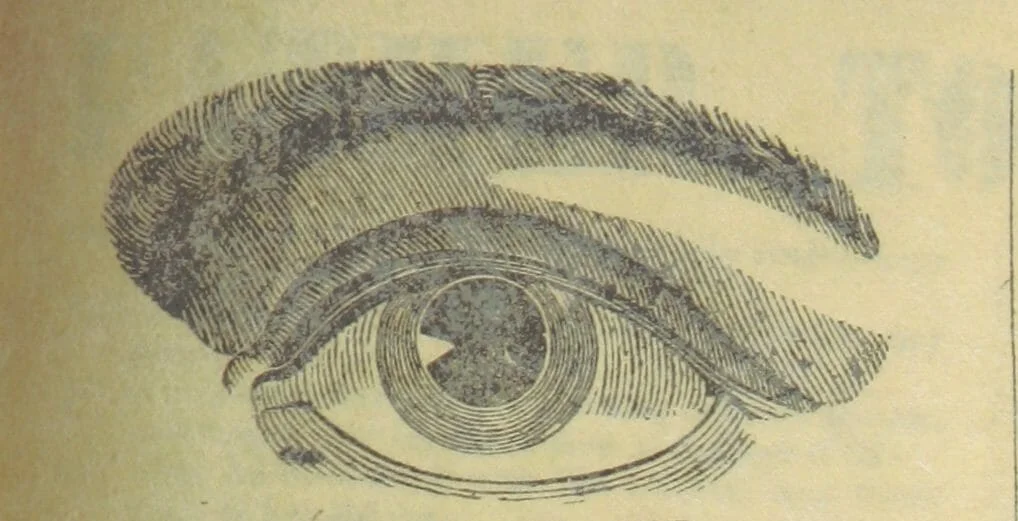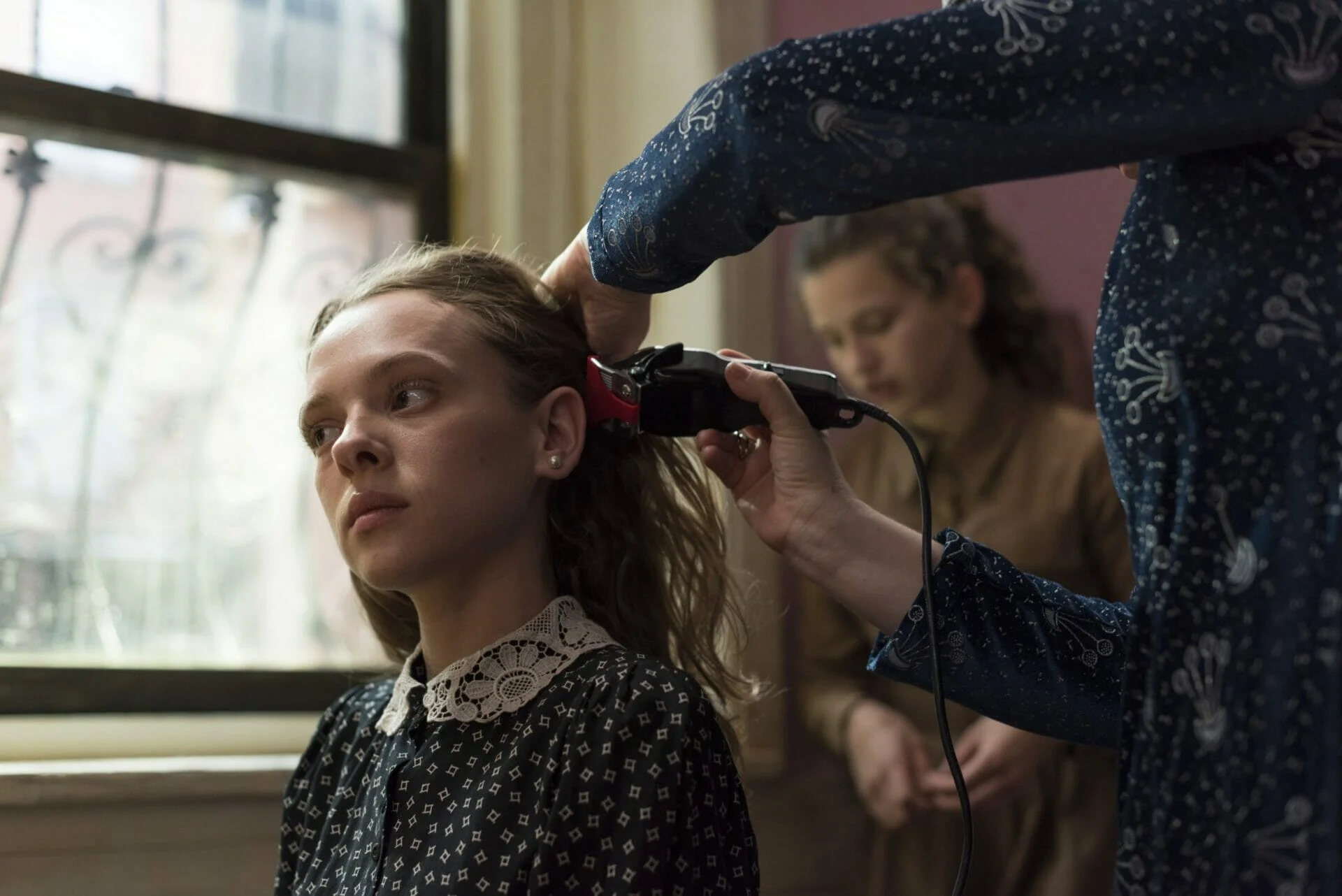
The Handmaid's Tale | It’s all much more than fiction
Showrunner
Year
Country
Seasons
Runtime
Original language
Music by
Some shows have become iconic and hovered into pop culture because of their costume department alone. Fonzie’s leather jacket from Happy Days, Dustin’s red-white-blue trucker cap from Stranger Things, and Walter White’s hazmat suit from Breaking Bad, to name a few – not to mention all the sixties vintage dresses from Mad Men’s characters. But the combination of a white, wide-brimmed bonnet and a red cloak has become a distinctive symbol in TV fiction: women’s oppression. The Handmaid’s Tale is a Hulu hit of 2017 created by Bruce Miller (Eureka, The 100) and an adaptation of the same novel by Margaret Atwood, who wrote the first one in 1985 and a sequel, The Testaments, in 2019, following the show’s unexpected success.
A story of female oppression
The events take place in Gilead – what remains of the United States after a religion-based autocracy has taken over because of a birthrate crisis. A male dictatorship has enslaved women and divided them into three castes, each one identified by a color that fosters internal rivalry and reduces them to their function. The bright red Handmaids (fertile women, assigned to Commanders to get pregnant through a ritual called The Ceremony), the light green Marthas (cooks and maids), and the olive-brown Aunts (who train and indoctrinate the Handmaids military-style). The Commanders’ Wives (sterile, somewhat free but still subjected to their husbands) wear turquoise, the color of companionship and loyalty as well as frigidity and mutism.
The dystopian side of the story is nothing made-up: as the writer defined it, the subject matter looks more like speculative fiction than pure sci-fi. “Offred, in short, is a fictional product of 1970s feminism, and she finds herself in a situation that is a fictional realization of the backlash against women’s rights that gathered force during the early 1980s”. Offred (Elisabeth Moss, who grants an intense and striking performance in every scene) is a victim and rebel of this deviant reality and our only hope of fight as an audience.
Revolutionizing visuals
Taking a context of female oppression on the screen means revolutionizing visuals, even more than dialogues, and that’s where the series becomes groundbreaking. The use of 28mm focus lenses, is close enough to feel every character’s movement. The 3D volumetric lightning creates texture and fills the scenes with hyperreality; corner-framed and choreographic shots serve as the emotional jump between order and chaos, present and flashbacks.
All of these – together with the precise use of slow-motion, modern music, and inner voice to underline Offred’s progressive transformation – made The Handmaid’s Tale win the Golden Globes and Emmy Awards for Best Drama in 2018, and inspired countless feminist protests around the world, where women take to the streets wearing that same iconic white and red outfit. It’s all much more than fiction.
Tag
Buy a ☕ for Hypercritic







